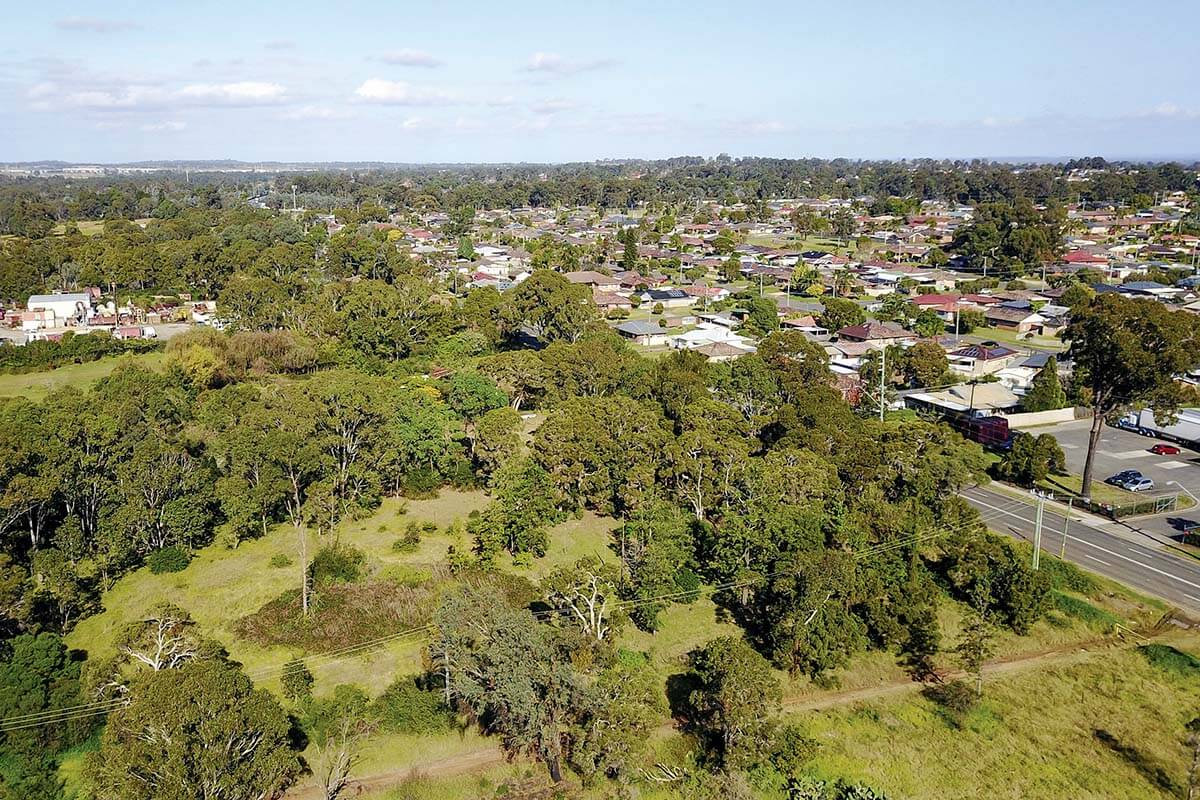Implementing biodiversity and development commitments
There are 5 planning controls that support the implementation of biodiversity and development commitments of the CPCP, which are outlined below. These planning controls apply to land identified as:
- avoided land
- certified-urban capable land, or
- land in a strategic conservation area.
The 5 planning controls are:
The State Environmental Planning Policy (Biodiversity and Conservation) 2021 includes Chapter 13 Strategic Conservation Planning which outlines the planning controls to achieve the development and biodiversity outcomes of the CPCP.
The purpose of the SEPP is to facilitate appropriate development in the nominated areas in line with the CPCP State and Commonwealth approvals; protect areas of known or potential high biodiversity value (including areas with potential connectivity and restoration opportunities), avoid or minimise the impact of development in areas of high biodiversity and support the purchase of land with high biodiversity value for conservation.
The ministerial direction 3.6 (PDF, 520 KB) aims to protect land with high biodiversity value from the impacts of development. It requires a planning proposal to show it protects or improves biodiversity. This includes native plants and trees, threatened ecological communities, koala habitat and corridors, and nationally significant environmental areas within the avoided lands or strategic conservation areas.
It also prevents rezoning of avoided land or the strategic conservation area to urban development zones.
The amendment to the Environmental Planning and Assessment Regulation 2021 includes notification and reporting requirements for Part 4 development and Part 5 activities under the Environmental Planning and Assessment Act 1979 (EP&A Act) on avoided land.
This amendment:
- supports the CPCP’s infrastructure policy, where certain essential infrastructure activities can access the strategic assessment approval under Part 10 of the Environmental Protection and Biodiversity Conservation Act 1999
- supports the CPCP’s commitment of annual reporting to the regulators of adverse impacts to matters of national environmental significance.
The Guidelines for Infrastructure Development ensure infrastructure projects are consistent with the CPCP’s commitments and actions, and maintains outcomes of the Strategic Conservation Planning chapter of the SEPP. They identify when and how essential infrastructure is covered by the CPCP’s strategic assessment approval under Part 10 of the Environmental Protection and Biodiversity Conservation Act 1999.
The guidelines explain how to avoid, minimise and mitigate impacts on biodiversity from infrastructure activities carried out under Part 5 of the Environmental Planning and Assessment Act 1979 on land identified as avoided land, strategic conservation area and certified – urban capable land.
Consistency statement
The Environmental Planning and Assessment Amendment (Avoided Land) Regulation 2022 requires that any development application for essential infrastructure must include a statement showing it follows the guidelines for infrastructure development.
A consistency statement form is available for proponents to use.
The Mitigation Measures Guideline applies to Part 4 development carried out on certified-urban capable land within the Greater Macarthur Growth Area and Greater Penrith to Eastern Creek Investigation Area. It also applies to development on certified-major transport corridors under the CPCP.
The guideline sets out the mitigation requirements that the identified development must address to ensure consistency with the CPCP’s biodiversity approvals. Mitigation measures relate to koalas and threatened ecological communities and species.
CPCP planning controls refinement
We continue to review elements of the CPCP planning controls to ensure their effectiveness. So far, we have exhibited 2 separate updates to the CPCP planning controls.
Frequently asked questions
For more information about the planning controls and measures to support the CPCP’s implementation pathway, see our frequently asked questions:
Reviews and recommendations
As committed under the CPCP, we will conduct independent reviews every 5 years and implement relevant recommendations to ensure CPCP objectives and commitments are being delivered.
The first 5-yearly review will start in 2027.
For enquiries:
- phone 02 9585 6060
- email [email protected]
For translation, phone 13 14 50 and ask for an interpreter in your language to connect you to 02 9585 6060. Then ask for the Cumberland Plain Conservation Plan team.
